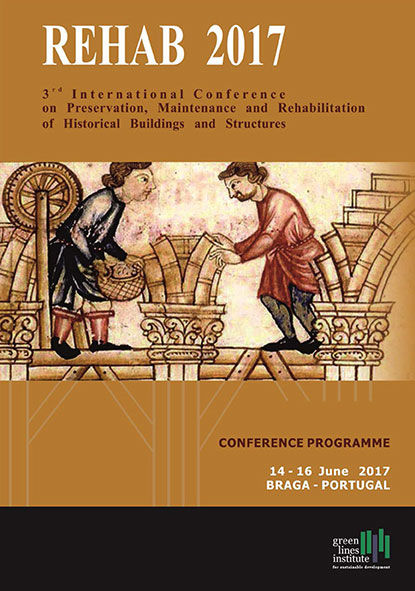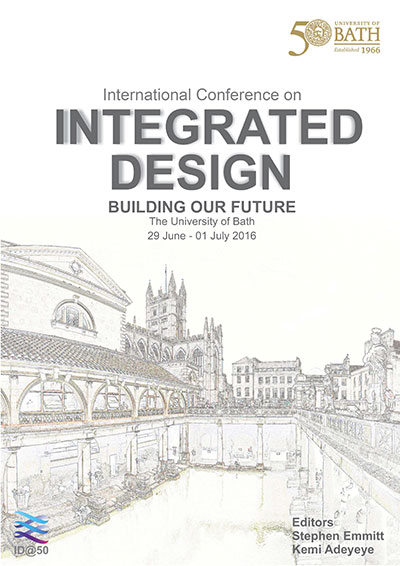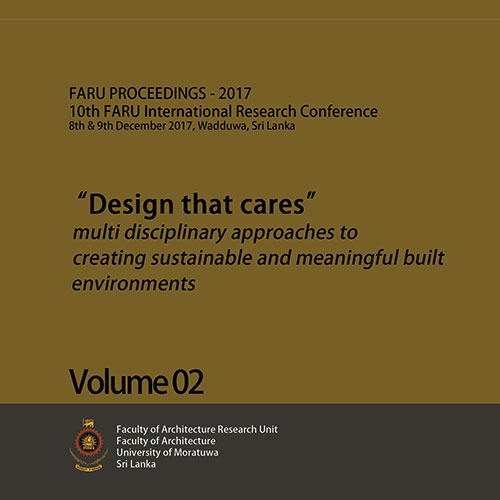Hidden knowledge of product design in Sri Lanka: Special reference to traditional domestic ‘Pittu’ steamer
Madhushani, G.S.T. and Jayasinghe, S. Sri Lanka Design Code - Design Code Research Conference Colombo, Sri Lanka 2018 – August
More
Abstract
Designs in the past were created to fulfil human wants and needs. Sri Lanka has inherited product design practices which developed from generation to generation. Tools and equipment with their experience and considering practicality were designed and made in the past by locals. Therefore, utensils are one of the avenues of the product design knowledge that express indigenous expertise and food-based cultural development.
In Sri Lanka, the food-based culture consists of many food preparation practices inherited by our ancestors. Some such practices have also been influenced and integrated with foreign cultures during historic incidents as colonialization and Indian invasions. Food preparation is the process of combining ingredients, technologies and practices into preparing a meal to be consumed. This process varies from culture to culture, and therefore the food preparation equipment and devices are based necessities of the respective users. One such special equipment that can be found in the Sri Lankan traditional kitchen is the ‘pittu steamer’, specially prepared to make the Sri Lankan food ‘pittu’.
Objectives of the research is to identify the relationship between food preparation methodology, the structure of the preparation device and how it relates to the food quality, consumer convenience & preference. Although the major considerations when designing a food preparation device and attentiveness of its outcome were identified, the efficiency of villagers to create suitable functional devices and indigenous knowledge was also considered. The steam based ‘pittu’ preparation device in Sri Lanka was analysed and the need of the product as future replacement was further studied. This history-based qualitative and quantitative approach aims at understanding why the traditional 'pittu' steamer evolved with minimal changes to its structural components since ancient times. The facts were collected mainly by conducting interviews, discussions and observing users. Primary and secondary data and experimental observations were analysed based on selected case studies, and selected samples were compared to identify structure based efficiencies of several domestic ‘pittu’ steamers.
‘Pittu’ based steaming devices get a special place in the society, because of the relationship between ‘pittu’ based food quality and the human mind-set inherited from our past. These inherited attitudes, visions, practices, acceptances and cooking processes have affected retain the structure of ‘pittu’ and the ‘pittu’ steamer.
Consumer convenience was found to depend mainly on structural composition and usability. Advancements and developments with timely needs in product were also among research findings. However, the traditional domestic ‘Pittu’ steamer was found to have retained most of these factors, since it was believed to maintain the preferred food qualities such as shape, taste, odor, nutrition than other ‘pittu’ steamers. By the end of this research a thorough understanding about the structure, system, function and customer preference based analysis of Sri Lankan ‘pittu’ steamers were achieved. The findings will help identify hidden indigenous technological and design knowledge and usage analysis will help when innovating new products suitable for the present.







